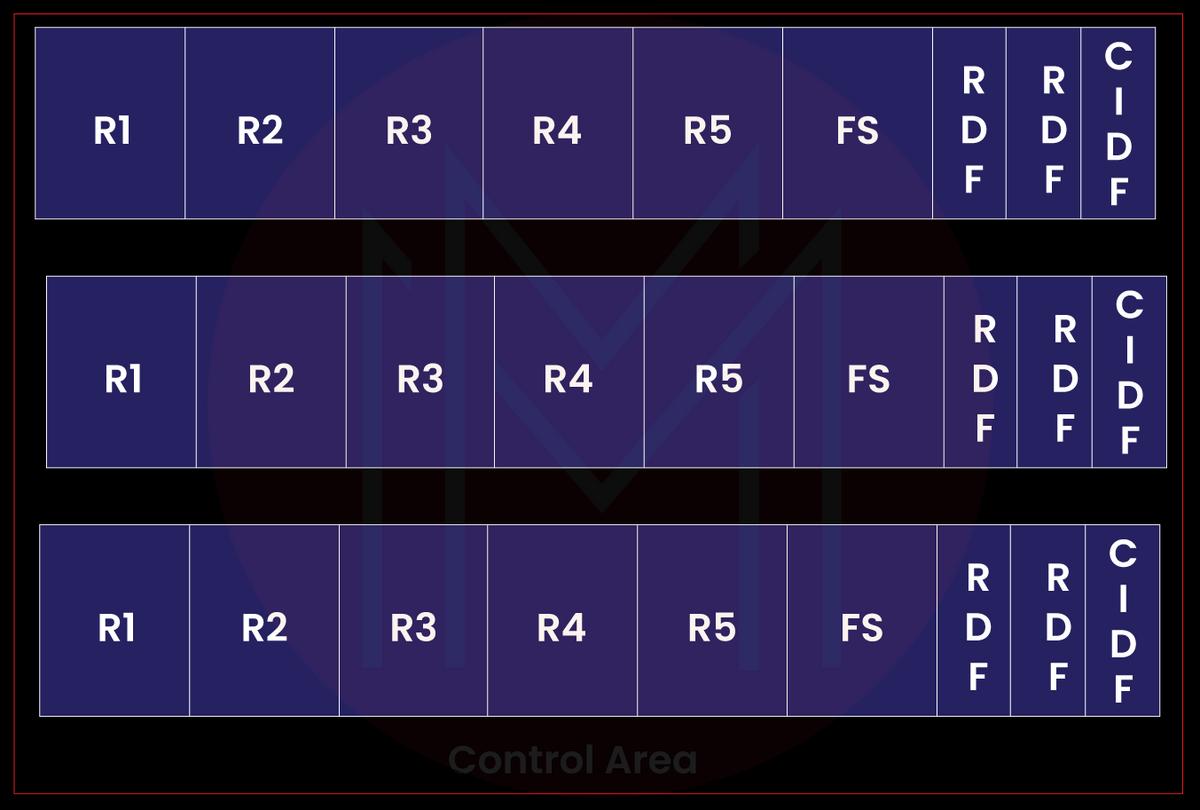A type of data set and the access technique used to control different user data types is a virtual storage access mechanism (VSAM).
VSAM offers a lot more sophisticated functions than other disc access methods as an access mechanism. Disk records are stored in VSAM in a unique format incomprehensible to other access techniques.
The primary use of VSAM is for applications. It is not used for executable modules, JCL, or source code programs. ISPF cannot routinely display or edit VSAM files.
Key-sequenced, entry-sequenced, linear, and relative records are the four types of data sets that can be created using VSAM to organize records. The method their records are kept, and accessible is the main distinction between different kinds of data collection.
VSAM Characteristics
The following are the VSAM’s characteristics:
- Using passwords, VSAM guards data against unwanted access.
- Data sets can be accessed quickly with VSAM.
- Performance optimization options exist for VSAM.
- Sharing data sets in batch and online environments is possible with VSAM.
- When storing data, VSAM is more organized and organized.
- In VSAM files, free space is automatically reused.
Constraints of VSAM
VSAM’s only restriction is that it cannot be stored on TAPE volumes. It is constantly kept in the DASD space. Data storage requires a lot of cylinders, which is not economical.
VSAM consists of the following components −
- VSAM Cluster
- Control Area
- Control Interval
VSAM Cluster
The logical datasets for storing records, or clusters, are called VSAM. A cluster is an association between the dataset’s index, sequence set, and data components. Contiguous regions called Control Intervals, separate the space occupied by VSAM clusters. Control intervals will be covered in more detail later in this lesson.
A VSAM cluster consists of two primary parts
- The index section is in the index component. There are index records in the index component. Records from the data component can be retrieved by VSAM using the index component.
- Data Part is contained in Data Component. The Data component contains actual data records.

Here is a list of terminology used in the program above.
- Records that are kept in the Control Interval are R1..R5.
- FS stands for free space, which can be utilized to expand the dataset.
- Record Definition Fields, or RDF, are a type of metadata. RDF only takes up 3 bytes. It gives a description of record lengths and indicates the number of neighboring records that are the same length.
- CIDF Control Interval Definition Fields are another name for CIDF. Information regarding the Control Interval is contained in CIDF, which is 4 bytes long.
Control Area
Combining two or more Control Intervals creates a Control Area (CA). There may be one or more Control Areas in a VSAM dataset. A multiple of the VSAM’s Control Area determines its size at all times. Control Areas are the units of extension for VSAM files.
The Control Area example is provided below

Leave a Reply